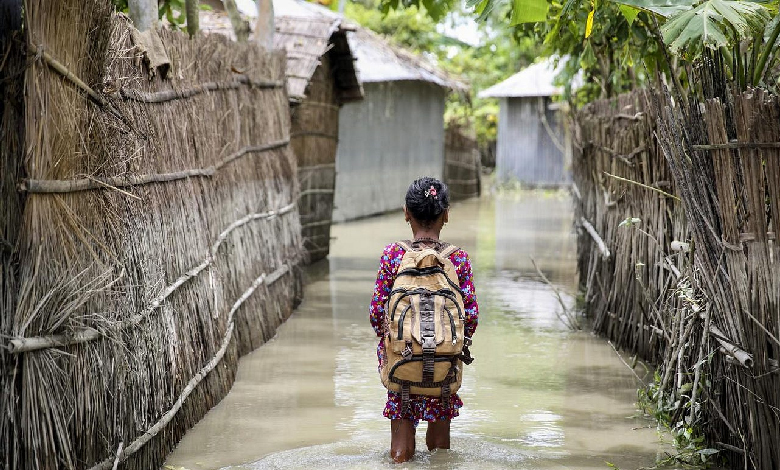Lightning is a big killer in Bangladesh. Climate change is making it worse

Millions of people of Bangladesh experience extreme natural events and heavy storms at regular intervals, suffering an average of 300 fatalities by lightning every year, according to the UN. Compare that to fewer than 20 in the US, which has almost double the population.
Over the years, the number of reported deaths due to the natural phenomenon has also risen steeply, from just dozens per year in the 1990s. NASA, the UN and the Government of Bangladesh have blamed increased storminess on climate change.
“I cry whenever I think of my friend Abdullah”
Such is the seriousness that the government has included lightning strikes in the official list of natural disasters the country faces. The majority of victims remain farmers, who are vulnerable to the elements as the work the fields through the rainy monsoon months.
Lightning is a big killer in Bangladesh. In May 2023, Abdullah from the Satkhira region of the country lost his life to the phenomenon. Another farmer Ripon Hossen, who was with the victim the day he was killed, says he is terrified to work in the open, reported BBC.
He had never imagined what lightning would look like up close, until it struck. Recalling the incident, he says: “It was as if a disk of fire had fallen on us. I felt a great electric shock and fell to the ground,” adding “I cry whenever I think of my friend Abdullah.”
Pressing need for initiatives to prevent lightning deaths
Lightning has become a growing concern in other countries too, including India. The neighbouring nation has recorded a rise in the number of strikes in recent years. But a number of initiatives have helped significantly reduce the number of fatalities.
Read More: New Report Puts Responsibility On Bosses To Stop People From Overheating
Bangladesh has also been noting efforts to reduce the number of victims. Activists stress more tall trees need to be planted in remote rural areas, while also underscoring the need for lightning sheds. But poor connectivity and a lack of awareness remain major challenges.



